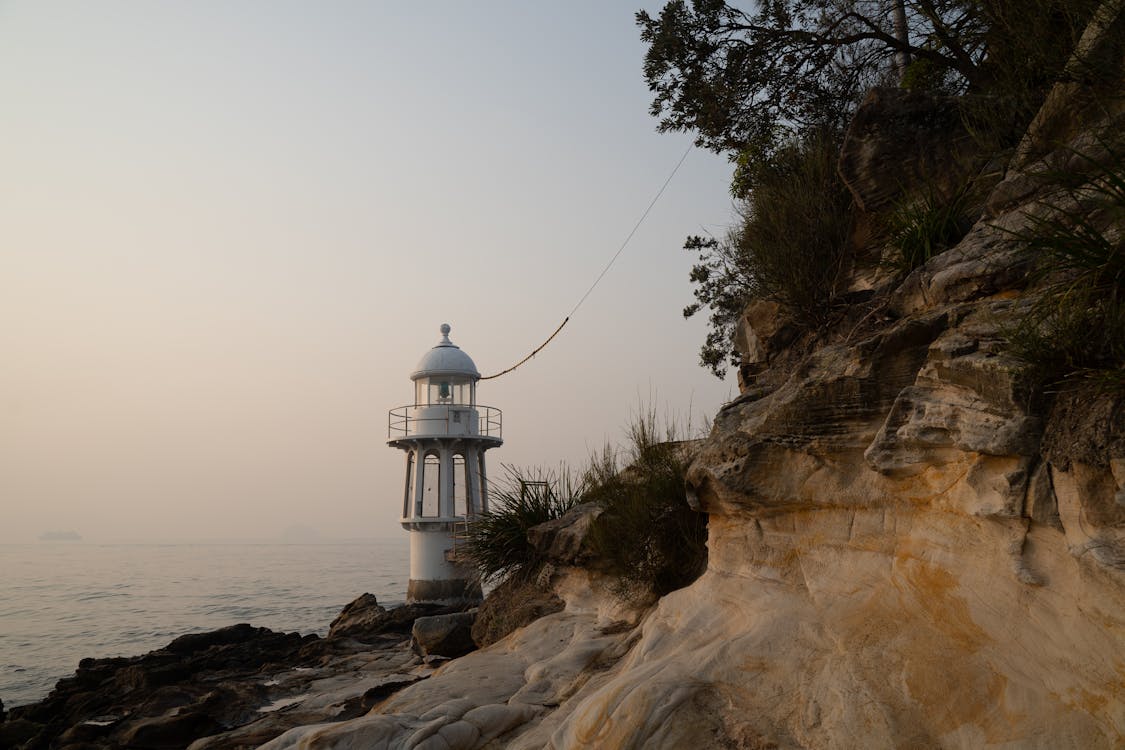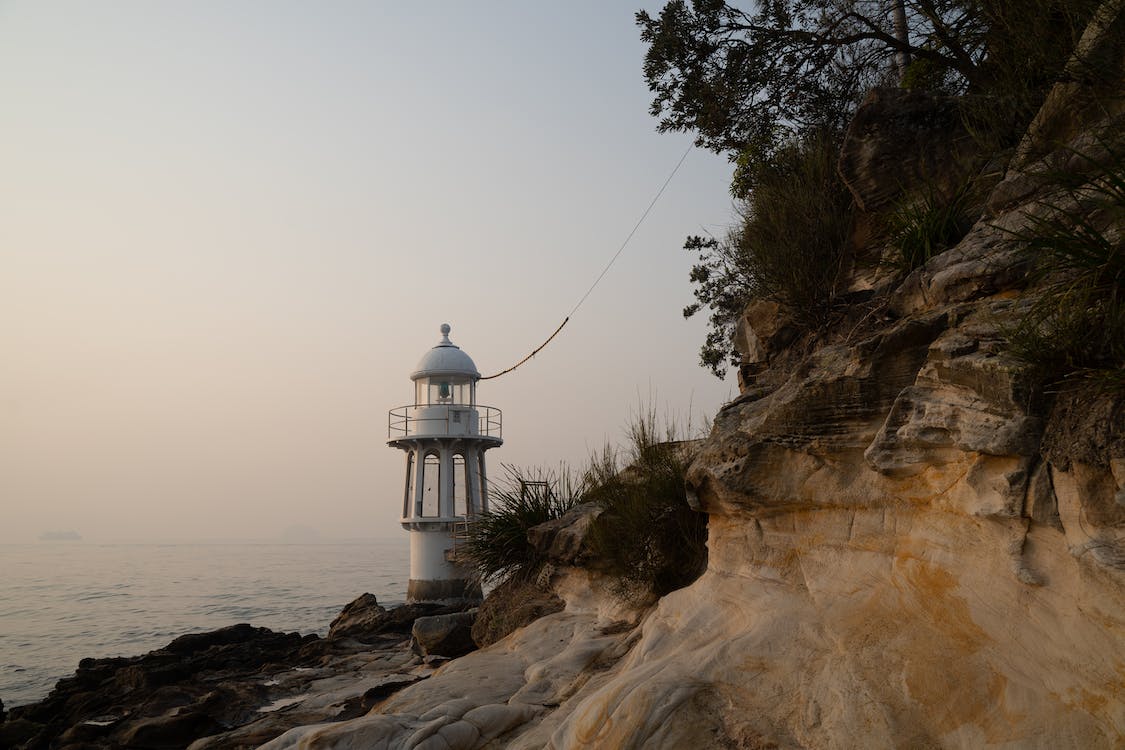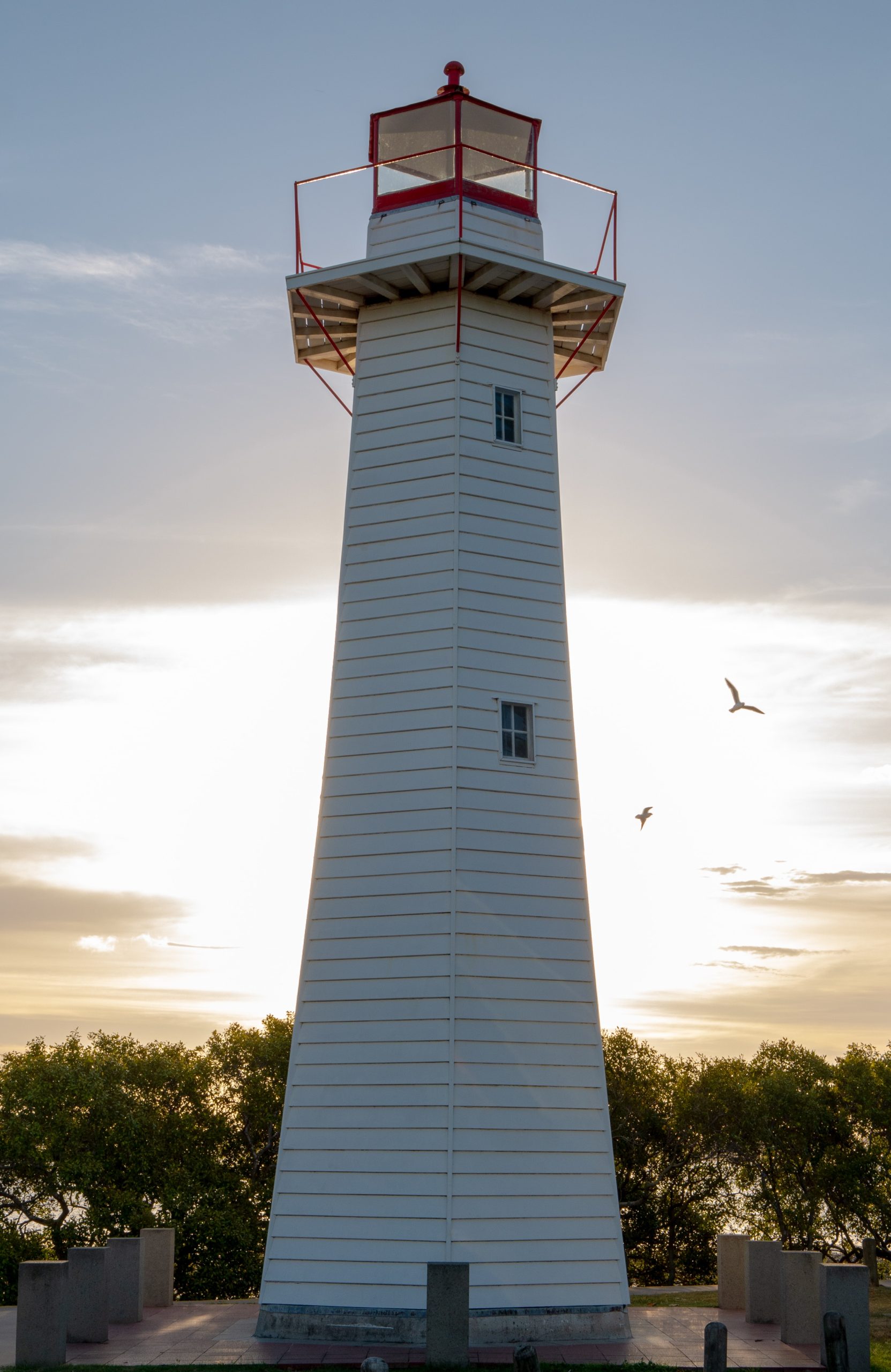With digitalization and computer intelligence on the rise, it is not far off to assume lighthouses are extinct. One wonders about their relevancy in today’s world. When you have GPS in phones and ships, radars to guide the vessel in the most remote regions, and other advancements, why would crew members rely on a bright beam of illumination from a lighthouse?
Continue reading to know the truth!
Yes, the lighthouses are declining. However, there is still no substitute for the beacon of light. Many operational lighthouses have modern additions to enhance their efficiency.
Automation
The most prominent change in lighthouses is the upgradation in automation. When the lighthouses were constructed in the past, the maintenance was labor-intensive and time-consuming. It was not easy bearing so much responsibility that involved so many aspects.
Due to the night and day operations, lighthouse keeping became a lifestyle. It required immense sacrifice, such as giving up family time, freedom, and other hobbies. However, the introduction of automation has changed the profession.
In short, automated systems encouraged lighthouse use again when they were becoming obsolete. Complex systems are now replaced with machinery. Electricity keeps the light on, instead of mercury which is extremely injurious to human health. Moreover, changing the bulb does not require human assistance too.
Application
The relevancy of lighthouses is unfortunately declining. In other words, saying they are a modern-day necessity is not true. A similar approach applies to street signs too. Even though we may admire them for safety regulations, they are not used in navigation. In other words, lighthouses and street signs have now become secondary sources. However, they stay prominent as tourist attractions.

Even though their usage has shrunk, they remain viable when electronics fail. Electrification is an unreliable process for numerous reasons. Furthermore, computer crashes and faulty GPS systems can weaken the navigation system.
The regulatory authority has decreased the lighthouse’s budget considerably. In addition, the local governments are also growing less concerned about the surrounding vegetation, such as unkempt shrubbery and trees. Therefore, hiring a tree expert in the Vancouver area is essential for managing the landscape.
Power
Regulatory authorities are now considering switching the lighthouse to solar power. As a result, the strategy saves costs and maintenance expenses. Turning the lighthouse to solar power is especially cost-effective in remote areas. Otherwise, the expenses of laying undersea cables burden the economy significantly.
Traditional lights in lighthouses are now becoming obsolete. Lighthouses now use LED lights that are brighter and need less maintenance. However, they do not provide the same effect at nighttime as conventional light.
Historians argue that nostalgia is an essential indicator of appreciating a landmark. However, change is necessary to keep up with modern times. Due to increasing power expenses, more and more lighthouses are becoming extinct. Therefore, it becomes an argument of heritage vs. efficiency.
Even though LEDs or battery-powered bulbs are less traditional, they do the job. Furthermore, since lighthouses are not traditional sources of navigation, their practicality is not a priority anymore. Regardless, they are still appreciated for their classic exterior and intention.

Isolation
Managing and supervising a lighthouse leads to extreme exclusion. Unfortunately, the lightkeepers hired for the job had trouble fitting into society. One extreme case is Clipperton Island. The story involves a lightkeeper who endangered the lives of inhabitants on a small Pacific Island 1000 kilometers away from Mexico.
Clipperton Island was home to a tiny mining colony since 1899. However, political unrest in Mexico in 1915 stopped the island’s supply of food and necessities. Clipperton’s residents went hungry, with their diet restricted to birds and eggs. The unhealthy consumption caused scurvy.
The island men decided to seek help and left on a boat that drowned. The only man left on the land with women was the lightkeeper, Victoriano Alvarez. After learning about his fellow men drowning, he immediately took a rifle in his ownership. Subsequently, he drowned the remaining weapons in the ocean.
Alvarez mentally and physically tortured the women for two years when Triza Rando had enough. The woman from the island killed the lightkeeper by hitting his head on a rock when he was not paying attention. Soon, the women were rescued by a boat.
Mercury
Before electricity became common in the 1960s, the lightkeeper’s job included supervising a lens weighing two and a half tons. They had to make sure it kept spinning. As advancements came, lightkeepers drowned the lens in liquid mercury in the 1890s. It made the job easier and less physically demanding.
Unfortunately, the lightkeepers touched and breathed liquid mercury. It led to erratic behavior and self-harming thoughts. Many lightkeepers lost their sanity. Mercury also caused hallucinations and depression.
Are we saying goodbye to lighthouses?
The lighthouses are difficult to maintain and supervise when cost-effective alternatives are available. The lighthouse buildings are being auctioned or donated to preservation societies. In addition, investors and municipal governments are also playing an active role in preserving history. Therefore, it is essential to modernize lighthouses while appreciating history.




